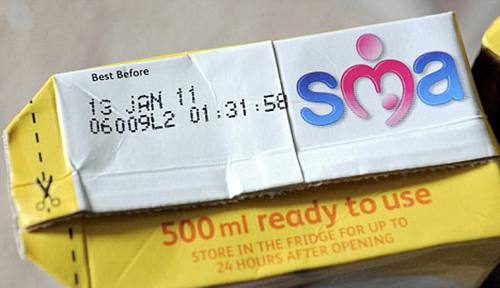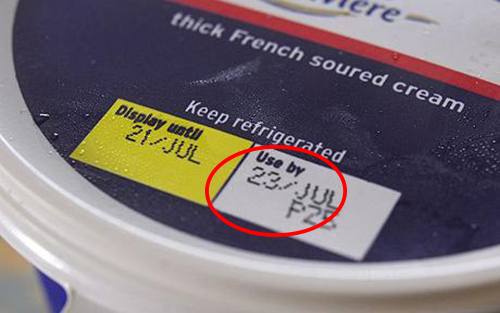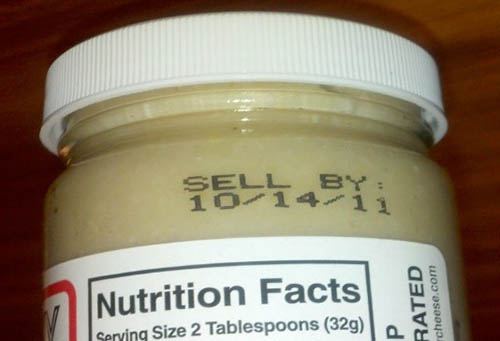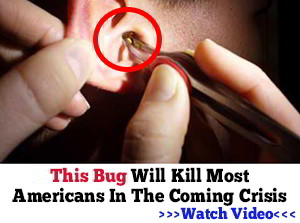

| Online: | |
| Visits: | |
| Stories: |

| Story Views | |
| Now: | |
| Last Hour: | |
| Last 24 Hours: | |
| Total: | |
Debunking Expiration Dates – What You Need to Know
When going through your food stockpile, you may observe that some foods are past their expiration date even though you have probably been extra careful when you organized your pantry and tried to rotate your goods as often as possible.
So, do you know how to determine if something is still good for consumption even if it’s “expired”?
Since time immemorial, packaging of food has been a critical guideline in preserving various kinds of foods throughout the entire distribution chain. Without this component, processing of food would be compromised due to direct contact with physical, biological, and chemical contaminants that reduce the shelf life of manufactured products. In the world of food packaging and shelf life determination, there are many terms that a consumer has to understand in order to avoid foods that are not fit for consumption or to prevent throwing away food that is still fit for intake. Such terms include best before, use by, sell by, and expiration dates.
Best Before
The “best before” term is used to describe the freshness state of a given product. It informs consumers on the period within which flavor and other quality parameters will remain optimal during consumption. In most cases, this kind of labeling appears on baked products such as cookies and biscuits. Other products featuring this label are snacks, cereals, and some canned products. Most foods are safe for consumption after “best before” date though the nutritional and other sensory characteristics might have significantly deteriorated, but the shelf life it still active.
Use By
This parameter is used to indicate the potential of a given product to achieve its intended purpose in a holistic manner within the stipulated time-frame. For instance, the use by date on refrigerated dough implies the period within which the product will preserve its rising power. In perishable products such yogurt and meats, it indicates the duration of premium quality characteristics associated with these products. In some special cases, such as infant formula, the “use by” date is associated with a decrease in nutritional value. So you can actually eat the food after the use by date, but it’s probably not going to be top quality.
Sell By
Sell by dates denote the period within which a product is to be displayed for sale in a store. Although the retailer is required to pull back the product after that date, it is legal to still sell the product since it is safe for consumption. Furthermore, the law allows the sell by date to be changed depending on the freshness and wholesomeness of the product, especially in the case of fresh products such as meats. This label is used to guide sellers on the period during which a given product is supposed to stay on their shelves. Most food products are safe to consume one week after the sell by date.
Related: How to Keep Grains Edible and Fresh for Over 40 Years With Nitrogen
Expiration Date
The expiration date indicates spoilage of food, and it is not fit for consumption after that day. After this date, eating such food can result in infections, and in extreme cases, it can lead to death. This is because microorganisms might have proliferated in the food due to the breakdown of various complex components into simpler compounds, availing food for pathogenic microorganisms. Furthermore, toxic compounds may have developed in the course of storage that might be detrimental to human health when consumed.
Related: What Should You Do With Your Canned Foods After the Expiration Date?
Expiration Dates and Safety Threshold of Foods
The majority of people consider expiration dates to be a critical and precise parameter that has to be adhered to by all means. As a result, huge wastage of food is being experienced due to lack of knowledge on the concept that these labels are merely printed dates for when manufacturers presume their products will be fresh and fit for consumption. However, some foods can extend these dates depending on storage conditions, and their safety threshold will still be okay when consumed. This applies mostly to processed products, and as a general rule, the more polished and processed a food is, the lengthier it can be kept past the expiration date. This rule is exempted from some meat-based products, such as sausages, hot dogs, and sandwiches meats, which are not supposed to be consumed after their expiration date. This is because they are prone to listeria bacteria, which causes listeriosis infection and, in some instances, can lead to meningitis (Robertson, 2010).
Related: How to Prepare for the Coming Food Crisis
The most common foods that can be consumed past their expiration dates include products like pasta, bread, frozen foods, canned foods, and fresh fruits and vegetables. In all these products, storage conditions will determine their suitability and reliability past that expiration date. When stored in a dry and relatively cool place, pasta can stay even double the period of its expiration date.
The same case applies to canned foods, which can also stay edible for one to two years past their expiration date when stored in a dark and cool place (Robertson, 2010). When fruits and vegetables are kept at low temperatures of around 400F, they can surpass their expiration period and stay for some weeks without going bad. However, care should be taken when exposing fruits to very low temperatures since they can experience chilling injury. Furthermore, fruits, which produce ethylene, should not be stored together with vegetables because of the degradation property of this gas.
Frozen foods can also stay beyond their expiration date for more than a month when stored in a freezer at a temperature of 00F (Aked, 2000). Whole eggs can be consumed past their expiration date provided that they record a positive result in an egg barometer test. In this method, an egg is put in a bowl full of water, and if it floats, it is not suitable for consumption since bacteria count is beyond the safety threshold.
Final Word
With an increasing number of food products on the market, it is important for consumers to be aware of the various terms applied when labeling food packages in order to avoid confusion on edible and inedible products. So with all of this being said, it looks like the dates are mostly indicators and not something to be strictly followed. The best thing you can do is to rely on your senses to determine whether or not the expired food is still good to eat since this is how our forefathers “tested” food for centuries.
You may also like:
 18 Must-Know Hints for Novice Preppers
18 Must-Know Hints for Novice Preppers
See It Here First: The Auto-pilot Garden That Needs No Fertilizers, No Digging and No Maintenance (video)




Here’s a short cut.. smell it.. if ok .. taste it.. if ok eat it. If starving just eat it.